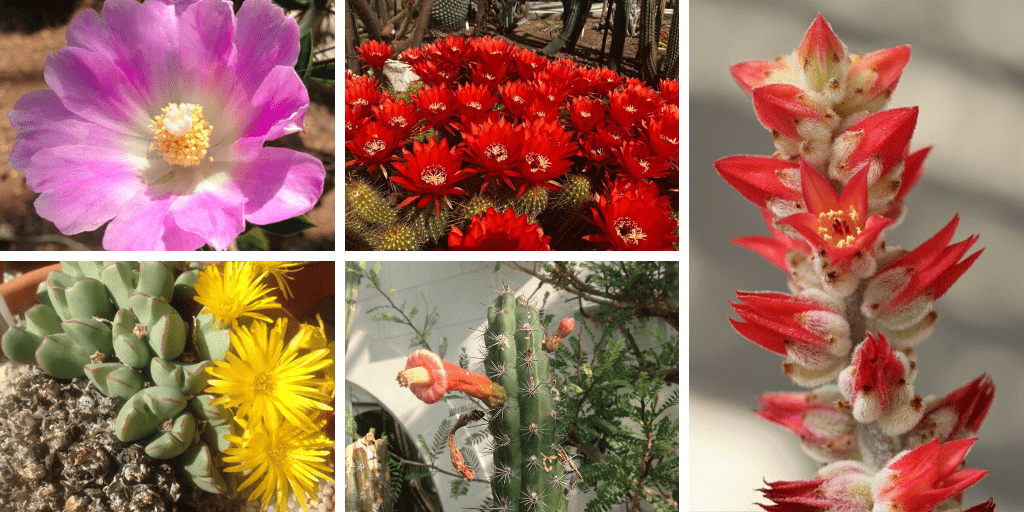Exotic Garden of Monaco reveals its treasures

On the heights of the Rock, the Exotic Garden of Monaco is a kingdom of surrealist nature. During this confinement period, which feels about as unreal as the exotic plants themselves, the garden’s team decided to share one plant every day among the great variety of succulent plants that the gardens have until its reopening. It all began with a Mexican epiphyte.
Below is a list of the most extravagant succulent plants shared by the gardens so far.
The Jardin Exotique de Monaco started the daily display of cacti and other succulent species with Tillandsia ionantha, a species of air plant. This means it does not need to be watered, taking moisture from the air to survive. This epiphyte is native to Central America, hailing from Mexico to Costa Rica.
Ariocarpus. The name comes from the ancient Greek “aria” (a species of oak) and “carpos” (fruit), because the fruits of these plants look strangely like acorns. They are commonly known as Living Rock succulents.
Melocactus broadwayi, sometimes known as Pope’s Head cactus. The degradation of this plant’s natural habitat in the Caribbean is causing its decline, making it a protected species.
Pereskia sacharosa. This very large pink-purple flower is named after the French astronomer Nicolas Claude Fabri de Peiresc.
Echeveria leucotricha. From March to May this shrub has tube-shaped, red-purple flowers.
Opened to the public in February 1933 and expanded in the mid-1960s by the botanical centre and specialist nursery, the Exotic Garden of Monaco is one of the Principality’s most popular tourist attractions.










